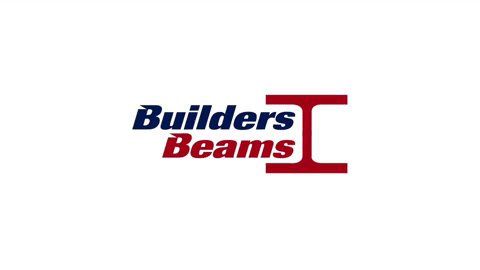In the ever-evolving world of engineering, one trend that stands out in London’s urban landscape is the increased use of higher-grade steel profiles. A comprehensive understanding of this shift involves examining the reason behind the surge and the benefits it brings to the realms of structural engineering and architecture.
The Emergence of High-Grade Steel Profiles
The architectural skyline of London, often seen as a testament to its historical and progressive ethos, is a clear demonstration of advanced engineering techniques. However, in recent years, our team at Steelo has noticed there has been a shift towards the use of higher-grade steel profiles in various commercial and residential building projects.
High-grade steel profiles are an evolved form of structural steel, designed to bear heavy loads and withstand adverse environmental conditions. They have higher strength-to-weight ratios, corrosion resistance, and design flexibility, making them an ideal choice for architects and structural engineers.
Why High-Grade Steel Profiles?
The popularity of high-grade steel profiles, particularly in London’s architectural scene, is no coincidence. The reasons can be broadly categorised into the following aspects.
1. Strength and Durability
When it comes to engineering robust structures, strength and durability are paramount. High-grade steel profiles provide both in abundance. They are often used in structures that require superior tensile strength and the ability to withstand substantial pressure.
2. Architectural Versatility
High-grade steel profiles offer incredible versatility in design, a feature highly sought after by architects. They allow for the creation of shapes and forms that would be challenging with other construction materials. This has resulted in some of the most breathtaking architectural marvels in London, such as the Shard and the Gherkin.
3. Sustainability
High-grade steel profiles are environmentally friendly. Steel is 100% recyclable, and higher-grade steel requires less material to construct durable structures, leading to reduced environmental impact. It’s a step towards the much-needed sustainable solutions in the field of engineering.
Impact on Structural Engineering and Architecture
The increased use of high-grade steel profiles in London is impacting the domains of structural engineering and architecture significantly.
From a structural engineering perspective, these steel profiles enable the creation of structures that are not only robust but also efficient and economical. They’ve led to a revolution in construction methodologies, providing engineers with a reliable solution to the challenges they face.
Architects, on the other hand, are enjoying an unprecedented level of creative freedom. High-grade steel profiles have opened up new possibilities, allowing for the realization of daring and innovative designs that were once considered impossible. In many ways, they’ve transformed the architectural landscape of London.
Looking Ahead
The future looks bright for the use of higher-grade steel profiles in London. As we continue to explore the potential of this material, we can expect more architectural and engineering innovations.
This trend is a testament to the continuous evolution of engineering and architecture in response to changing needs and environmental concerns. As we progress further into the 21st century, high-grade steel profiles are likely to become even more integral to London’s structural landscape.
In conclusion, As we take a closer look at the increased use of higher-grade steel profiles in London, we can see the benefits they offer in terms of strength, versatility, and sustainability. They are reshaping the domains of engineering and architecture, making them a valuable tool for constructing the cities of tomorrow.
Categories
Archives
- April 2024 (5)
- March 2024 (2)
- February 2024 (1)
- January 2024 (3)
- December 2023 (2)
- November 2023 (1)
- September 2023 (4)
- August 2023 (3)
- July 2023 (1)
- June 2023 (7)
- May 2023 (2)
- April 2023 (14)
- March 2023 (15)
- February 2023 (7)
- January 2023 (6)
- December 2022 (5)
- November 2022 (1)
- October 2022 (4)
- September 2022 (3)
- August 2022 (1)
- July 2022 (2)
- June 2022 (2)
- April 2022 (4)
- March 2022 (1)
- February 2022 (1)
- December 2021 (3)
- March 2021 (2)
- October 2020 (1)
- September 2020 (1)
- July 2020 (1)
- June 2020 (1)
- May 2020 (2)
- April 2020 (2)
- March 2020 (3)
- February 2020 (2)
- January 2020 (1)
- December 2019 (2)
- November 2019 (1)
- October 2019 (1)
- September 2019 (3)
- August 2019 (1)
- July 2019 (4)
- June 2019 (4)
- May 2019 (1)
- April 2019 (4)
- March 2019 (2)
- February 2019 (4)
- January 2019 (4)
- December 2018 (4)
- November 2018 (4)
- October 2018 (5)
- September 2018 (6)



